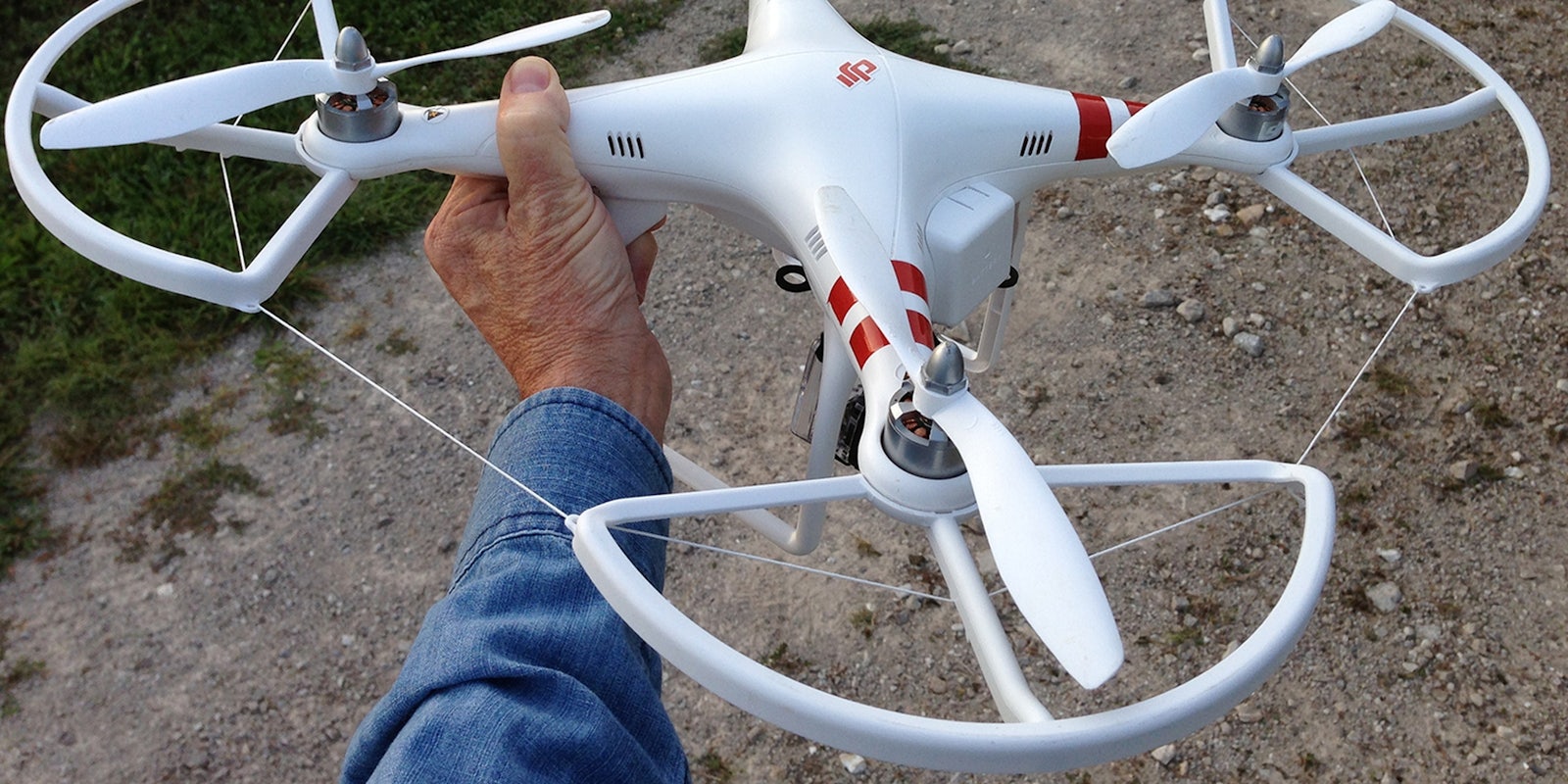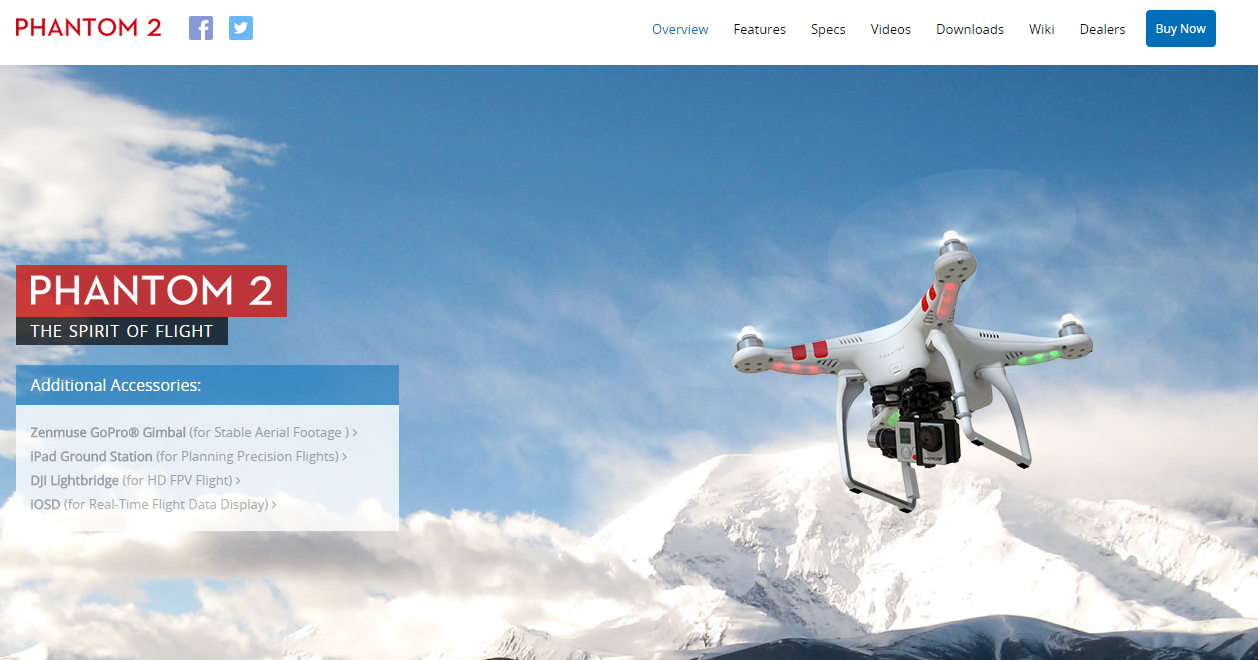The company that makes the drone that crashed onto the White House grounds on Monday is retooling its products’ operating parameters to prevent future national-security incidents.
DJI, the manufacturer of the immensely popular Phantom quadcopter series, announced on Wednesday that it was programming all of its drones to obey the no-fly zone that the Federal Aviation Administration (FAA) operates over Washington, D.C.
A DJI spokesman told the Washington Post that the company was already planning to do this, but that the White House incursion pushed up its timetable.
“We’re building a larger database of over 10,000 airports around the world, along with some sensitive sites around the world that needed coverage,” DJI spokesman Michael Perry said. “But after this incident we decided to release this firmware a little earlier than planned.”
According to the Post, drones will not be able to take flight if they are within 15 miles of the FAA’s no-fly zone, “effectively grounding the vehicle.”
When a drone comes within five miles of an airport, Perry explained, an altitude restriction gets applied to the drone so that it doesn’t interfere with manned aircraft. Within 1.5 miles, the drone will be automatically grounded and won’t be able to fly at all, requiring the user to either pull away from the no-fly zone or personally retrieve the device from where it landed.
Currently, DJI’s drones “know” to avoid around 3,500 airports. They are programmed to steer clear of these areas using a technology called “geofencing,” which cordons off regions within certain GPS coordinates so that unmanned aerial vehicles (UAVs) like drones do not enter them.
The FAA’s D.C. no-fly zone prohibits aircraft from flying within 30 miles of Ronald Reagan Washington National Airport, located across the Potomac River from Capitol Hill and the White House. That makes the entire city essentially off-limits to amateur drone operators and private planes alike.
Note that DC is already 100% a no-fly zone – tech is just now forcing compliance. You already shouldn't be flying your drone here.
— Amie Stepanovich (@astepanovich) January 28, 2015
Security experts and drone enthusiasts still want the FAA to issue clear-cut rules on where and when drones can operate. Current regulations are lacking, to say the least.
Photo via Steve Mays/Flickr (CC BY 2.0)

